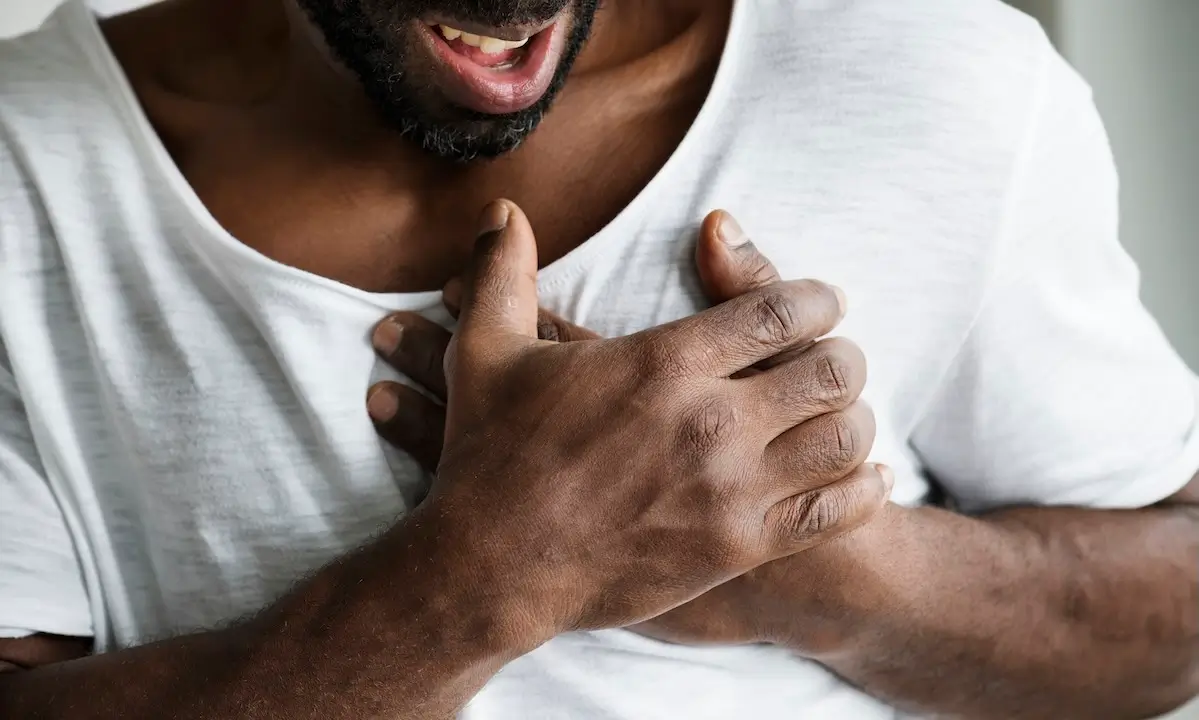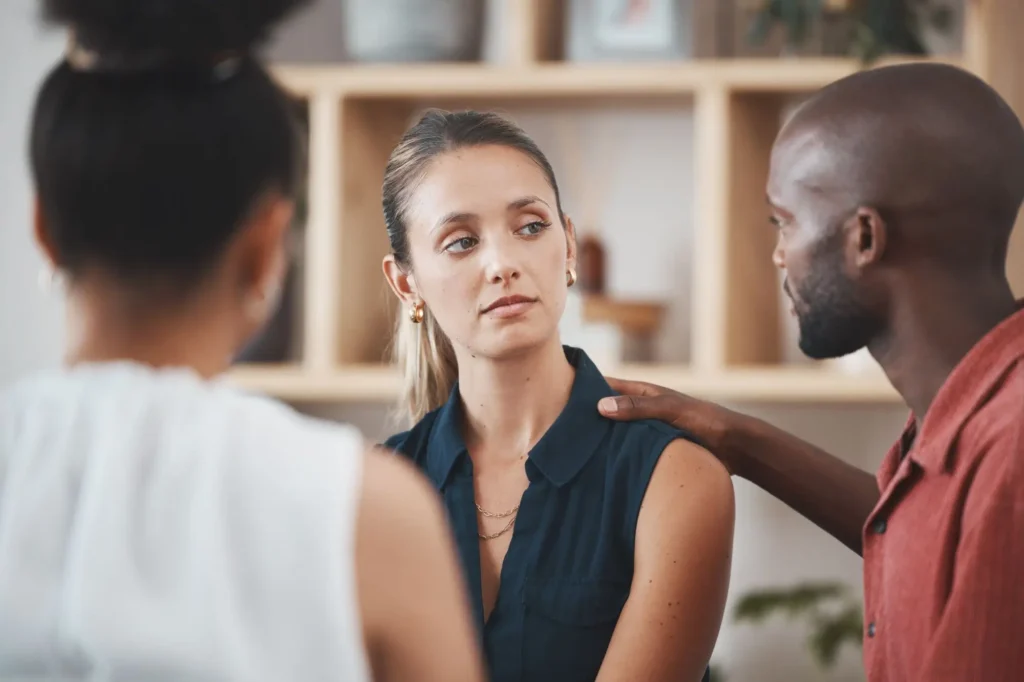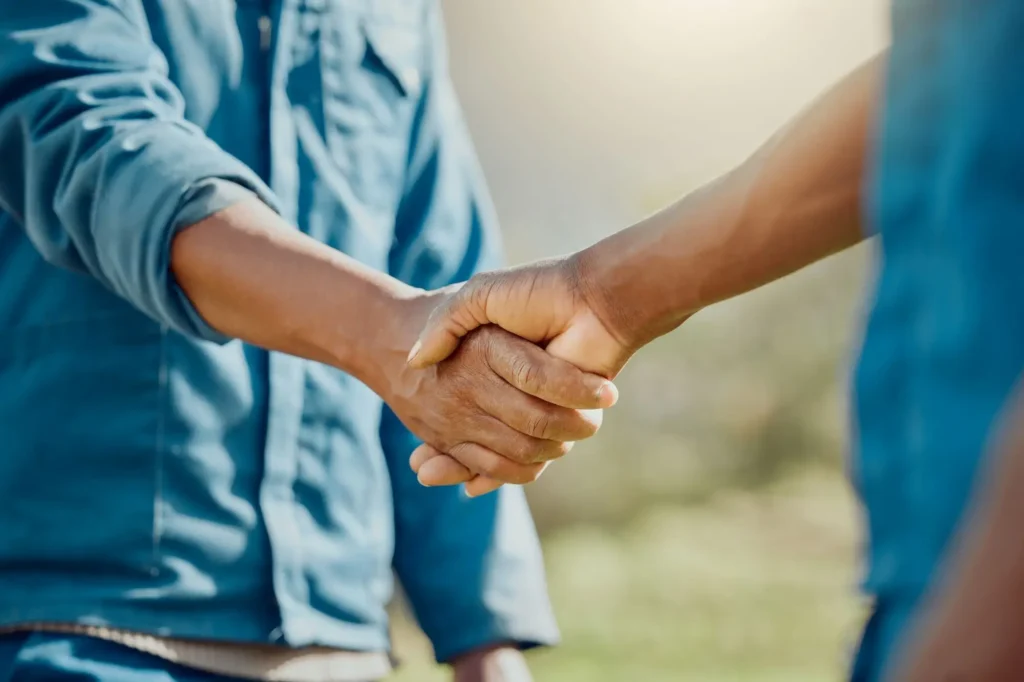No one expects to experience it. Yet every year, thousands of lives are lost due to drug overdose. Whether it’s from mixing medications, taking the wrong dose, or using something laced with fentanyl, accidental overdoses happen more often than many realize.
Overdose Awareness is about more than statistics. It’s about helping people understand the risks, recognize the signs, and take the steps needed to protect themselves or someone they care about. This could include professional treatment, medical detox, or overdose prevention tools like naloxone (Narcan).
In this blog, we’ll explore what makes an overdose “accidental,” the warning signs to look for, and how you can respond and prevent future harm. Whether you’re in recovery, supporting someone who is, or simply want to be informed, this guide is for you.
What Is an Accidental Drug Overdose?
A drug overdose happens when someone takes more of a substance than their body can process. It overwhelms the body’s systems and can lead to slowed breathing, unconsciousness, or death.
An accidental overdose means the person did not intend to harm themselves. It might involve:
- Misjudging how much of a drug is “safe”
- Taking a substance that’s stronger or different than expected
- Using medication incorrectly
- Relapsing after a period of abstinence, when tolerance is lower
Both prescription medications and street drugs can be involved. Common substances linked to accidental overdoses include:
- Opioids like heroin, fentanyl, and oxycodone
- Benzodiazepines like Xanax or Valium
- Stimulants like cocaine and methamphetamine
- Alcohol, especially when combined with other depressants
Some overdoses happen during attempts to get high. Other times, they occur from simple mistakes: taking an extra pill, mixing medications, or not realizing a street drug has been contaminated.
Risk Factors Behind Unintentional Overdose
Accidental overdoses can occur even without frequent use. A single episode of substance use or relapse can quickly become life-threatening. Here are some of the most common risk factors:
- Mixing substances: Combining opioids with alcohol or benzodiazepines increases the chance of slowed breathing and death.
- Misjudging dose or tolerance: A dose that once felt manageable may become lethal after a break in use.
- Using someone else’s prescription: Medications affect everyone differently. What’s safe for one person may be risky for another.
- Laced or contaminated drugs: Fentanyl is often added to drugs like heroin or cocaine, even in small amounts, and is 50 times stronger than heroin.
- Relapsing after sobriety: Your body’s tolerance drops quickly. Returning to your old dose can cause a fatal reaction.
According to the CDC, over 100,000 drug overdose deaths occur each year in the United States, many of them accidental and preventable.
Overdose Symptoms: What to Look For
Recognizing the early signs of an overdose can save a life. Symptoms vary based on the type of drug involved.
Opioids (e.g. heroin, fentanyl, painkillers):
- Slow, shallow, or stopped breathing
- Blue or gray lips and fingertips
- Pinpoint pupils
- Unresponsiveness or limp body
Stimulants (e.g. cocaine, methamphetamine):
- Seizures
- Chest pain or irregular heartbeat
- Severe agitation or paranoia
- High body temperature
Sedatives (e.g. benzodiazepines, alcohol):
- Slurred speech
- Confusion
- Loss of coordination
- Unconsciousness
If someone shows any of these signs and won’t wake up, call 911 right away.
Responding to an Overdose: Stay Calm, Act Fast
If you suspect an overdose:
- Call 911 immediately: Every second counts.
- Use naloxone (Narcan) if available: It can reverse an opioid overdose quickly.
- Stay with the person: Keep them on their side if unconscious to prevent choking.
- Don’t be afraid to help: Many states have Good Samaritan laws that protect people from legal trouble when they call for emergency help during an overdose.
Remember: Even if the person wakes up, they still need medical care.
Prevention Starts With Awareness and Support
Not every overdose can be prevented. But many can, especially with the right support and education.
Ways to reduce the risk:
- Use medications exactly as prescribed
- Never mix drugs without medical advice
- Avoid street drugs or test them with fentanyl strips
- Keep naloxone on hand if you or someone you know uses opioids
- Don’t use alone
Mental health is a significant factor in overdose risk. People living with untreated depression, anxiety, or trauma may be more vulnerable to accidental overdose. That’s why dual diagnosis care (treating addiction and mental health at the same time) is so important.
Next Steps
If you or someone you love is struggling with substance use, medical detox is often the safest place to start. It provides a secure, supportive setting to begin healing. Call 706-701-2673 or verify your insurance today to get started.






